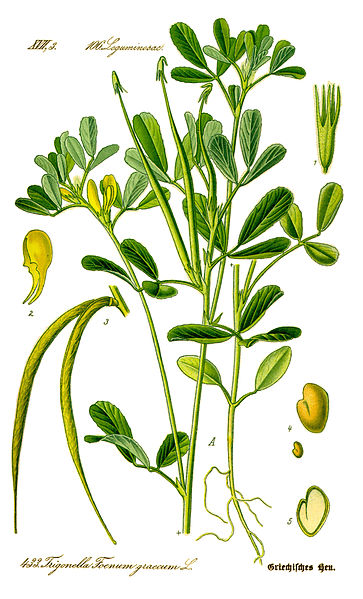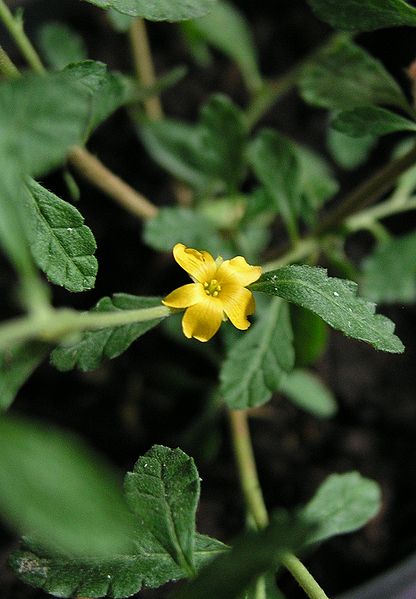
The major categories of herbal action that I consider most relevant to women’s health care include: abortificaients, adaptogens, alteratives, antispasmodics, demulcents, emmenogogues, galactogogues, nervines, oxytocic herbs, and phytoestrogens. All other herbal effects are important for women’s health, but I consider those that I listed to have specific relevance to women, excluding major issues shared by both men and women (heart disease, for example).

Herbs which have a direct impact on reproductive health include abortifacients, adaptogens, emmenogogues, and oxytocic/parturient herbs. These herbs impact a woman’s ability to establish, maintain, nourish, or terminate a pregnancy, as well as support the uterus as it contracts during childbirth. I might also include in this group uterine tonifiers such as red raspberry (Rubus idaeus). Adaptogens are herbs that have an influence over the hypothalamic-pituitary-adrenal (HPA) axis, which impacts our stress response, and they also effects the hypothalamic-pituitary-ovarian (HPO) axis. Both the HPA and HPO axes are key aspects of menstrual and hormonal cycle regulation. Adaptogenic herbs like ashwaganda (Withania somnifera) would therefore be welcome in a formula for fertility.

On that note, I might also include alteratives in this group, where treatment is intended to improve hormone processing and elimination as well as cycle regulation (wild yam, Dioscorea villosa). Alteratives support the body in eliminating metabolic waste products, often focusing on the liver. After the baby arrives, galactagogues assist in improving milk flow (fenugreek, Trigonella foenum-graecum), and I find it interesting that some galactagogues also have alterative properties (milk thistle, Silybum marianum), which might help mothers’ bodies process hormones postpartum.
With regards to menstrual cycles specifically, antispasmodics, emmenogogues, and nervines are used. I use emmenogogues such as motherwort (Leonoris cardiaca) and mugwort (Artemisia vulgaris); I particularly enjoy the latter for its gentle nervine effects. To address symptoms of PMS, I would also use alteratives, as well as anti-depressants like lemon balm (Melissa officinalis) and St. John’s wort (Hyperisum perforatum).

With the onset of menopause, I would look to the adaptogens, alteratives, and demulcents to address hormonal changes, support the nervous system, and to soothe and moisten tissue, including friable vaginal tissue, using an herb such as slippery elm (Ulmus fulva). I would also use demulcents for sexual health, when called for, for sexually active women seeking greater lubrication and to protect membranes, as well as aphrodisiacs such as damiana (Turnera diffusa).
For a more in depth look at herbal actions both generally and for women's health, I highly recommend Principles and Practice of Phytotherapy and Botanical Medicine for Women's Health.


